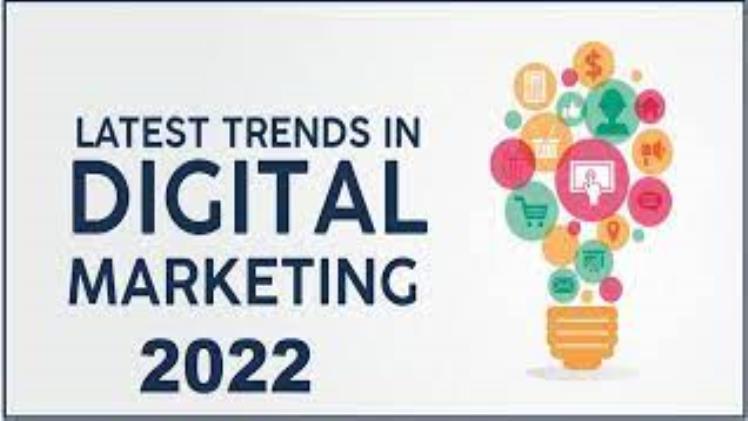Trends in digital marketing for 2022

Modern digital tools have revolutionized traditional marketing and advertising procedures. In an omnichannel environment, using digital marketing technologies is increasingly essential for locating, luring, and keeping customers.
Learnings from the 2022 MIT Chief Marketing Officer Summit, which took place this autumn, are highlighted in a new e-book from the MIT Initiative on the Digital Economy. To better engage socially connected modern consumers, marketing professionals should add data, analytics, and algorithms. Check this website to learn more on how to earn money right now.
Here are the top digital marketing trends according to MIT Sloan experts for 2022
Consumers of social media on large digital and social networks
Consumers today base their brand choices on a highly diverse range of digitally connected networks, from Facebook to WhatsApp, and the mix is always changing.
According to IDE director Sinan Aral, marketers must use granular analysis to fully comprehend the function of social media in marketing since social consumers are influenced by what their social network peers believe about various products and services (a phenomenon known as “social proof”).
Aral looked at 71 different products across 25 different categories that 30 million people had purchased on WeChat, and she discovered that, although the effectiveness varied, adding social evidence to an advertisement had a measurable positive impact. For instance, the click-through rate for Heineken increased by 271%, while the number of interactions for Disney increased by 21%. According to Aral, there are no brands for which social proof lessened the impact of the advertisements.
TikTok, YouTube, and other social media video analytics
Influencers on TikTok are important, especially with Gen Z. The issue is whether or not those popular influencer videos genuinely result in sales beyond mere attention.
According to research, the most important criterion is if the product is complementary to or well-synced with the video ad rather than engagement or product appearance. In addition, the impact is stronger for “product purchases that tend to be more impulsive, hedonic, and lower-priced,” according to a study done by Jeremy Yang, an assistant professor at the Harvard Business School who was also pursuing his Ph.D. at MIT.
Consumer engagement measurement using machine learning
Take the “chip and dip” test: Finding the ideal consumer products to mix for co-purchase from a vast range has long been a challenge for marketers. This research is rigorous, and huge in scope, and data processing can be challenging due to the billions of options.
In order to distinguish between successful and unsuccessful product pairings, researcher Madhav Kumar, a Ph.D. candidate at MIT Sloan, created a machine learning-based system that iteratively analyzes thousands of field cases.
According to him, the optimal bundling policy will result in a 35% rise in revenue.
Utilizing machine learning to predict results
According to Dean Eckles, the lead of IDE’s social and digital experimental research division, while the majority of marketers are concerned with customer retention and revenue, decisions concerning effective marketing interventions might be arbitrary in the absence of accurate forecasts. Use AI and machine learning to change consumer targeting instead to estimate results more rapidly and correctly.
Researchers from IDE used a statistical machine learning approach in partnership with the Boston Globe to examine the effects of a discount offer on consumer behavior beyond the first 90 days. Both the 18-month prognosis and the short-term surrogate projection were equally accurate.
Applying statistical machine learning to forecast long-term and challenging-to-measure outcomes has great utility, according to Eckles.
Increasing “good friction” to lessen bias in AI
Digital marketers commonly discuss how AI and automation may lower customer “friction” points and improve the customer experience. But according to Renée Richardson Gosline, the group leader for the Human/AI Interface Research Group at IDE, many marketers are unaware that prejudice is a very real concern with AI. Marketers must consider when and where friction can genuinely serve a useful purpose in order to avoid falling victim to “frictionless fever” and other similar phenomena.
Use friction to stop algorithms from being used automatically and potentially carelessly, advised Gosline. Marketing will benefit from AI when technology is used in a way that is human-centered rather than exploitative.




